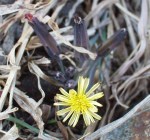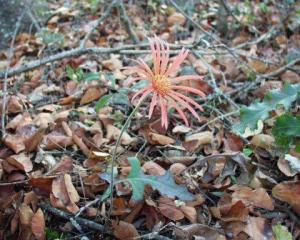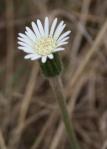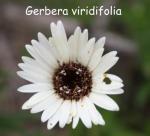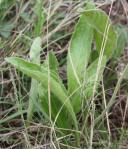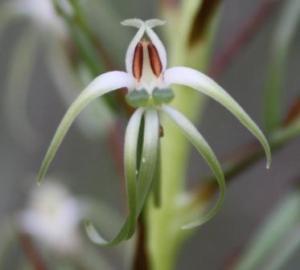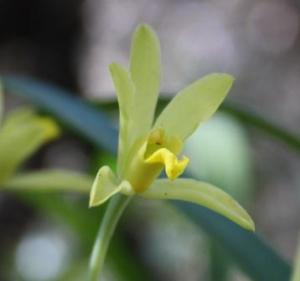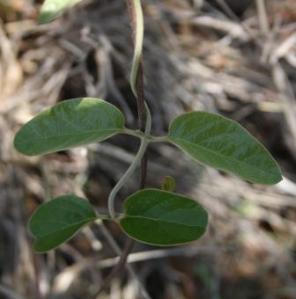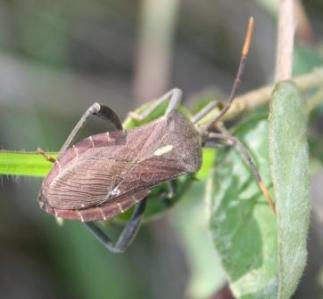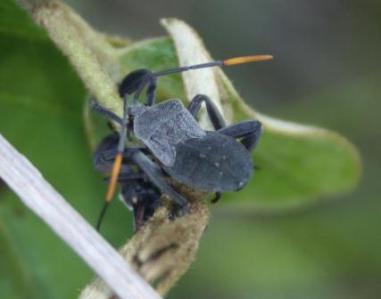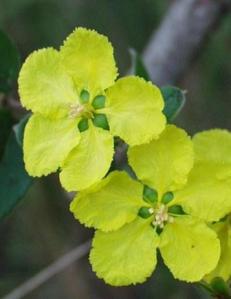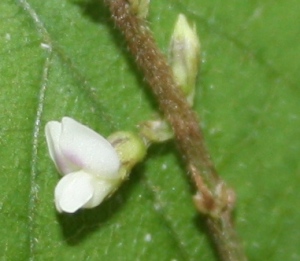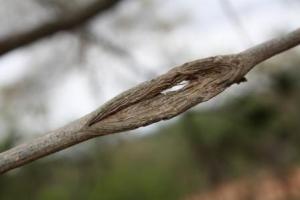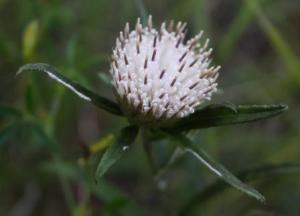UPDATED
Family: Linderniaceae
Species: Lindernia nana
It is said that I don’t have patience. But I do. Just not with people, I have patience in other ways… Late April 2011 I found a small little plant with a single white flower just off a huge granite outcrop. When I say small, I mean I had to lie on my tummy to photograph it. With small things it is difficult to see on the camera view finder if the photograph was successful, and I marked the place properly in case I had to come back. I don’t have fancy filters for my camera, and I found the photo to be over exposed. It is HARD to photograph white flowers! I went back late afternoon and took several pictures before I had a single usable photograph. Since then I have found another plant, a few metres away on the granite within a hole filled with soil and humus. 
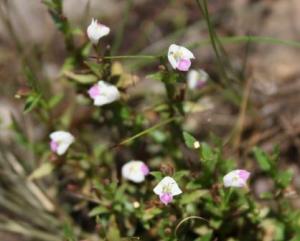 My books didn’t contain anything like my little flower, and without a family not even the internet could be used as a source of information. But… I found a wonderful biodiversity website where one can share your findings and someone on iSpot suggested that my little flower might be a Craterostigma species. Searches about the genus came up with several similar looking species, but so far I haven’t been successful with mine. Someone else (in a private email) suggests that it is a Lindernia species The most interesting fact about Crateristigma plants is that they can survive desiccation (severe water loss to the point of drying out) and are called ‘resurrection plants’. Desiccation‐tolerant plants have the ability to tolerate severe water loss and resume normal physiological functioning on rehydration. Most ‘higher’ plants (unlike seeds) do not survive desiccation to an air-dried state. It is said that they are able to stay in this desiccated state until water becomes available and then immediately resurrect, grow and reproduce before other species can do so. It has been identified since as Lindernia nana. Similar looking species include Craterostigma plantagineum and Craterostigma wilmsii For further reading about desiccation:
My books didn’t contain anything like my little flower, and without a family not even the internet could be used as a source of information. But… I found a wonderful biodiversity website where one can share your findings and someone on iSpot suggested that my little flower might be a Craterostigma species. Searches about the genus came up with several similar looking species, but so far I haven’t been successful with mine. Someone else (in a private email) suggests that it is a Lindernia species The most interesting fact about Crateristigma plants is that they can survive desiccation (severe water loss to the point of drying out) and are called ‘resurrection plants’. Desiccation‐tolerant plants have the ability to tolerate severe water loss and resume normal physiological functioning on rehydration. Most ‘higher’ plants (unlike seeds) do not survive desiccation to an air-dried state. It is said that they are able to stay in this desiccated state until water becomes available and then immediately resurrect, grow and reproduce before other species can do so. It has been identified since as Lindernia nana. Similar looking species include Craterostigma plantagineum and Craterostigma wilmsii For further reading about desiccation:
- Desiccation Tolerance Studied in the Resurrection Plant Craterostigma plantagineum
- Investigation into the ability of roots of the poikilohydric plant Craterostigma plantagineum to survive dehydration stress
- Recovery of the resurrection plant Craterostigma wilmsii from desiccation: protection versus repair
- Transcriptomes of the desiccation-tolerant resurrection plant Craterostigma plantagineum.

















